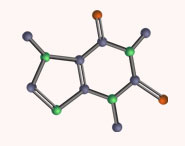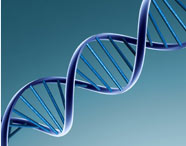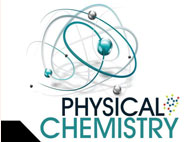
آخر المواضيع المضافة


 علم الكيمياء
علم الكيمياء 
 الكيمياء التحليلية
الكيمياء التحليلية 
 الكيمياء الحياتية
الكيمياء الحياتية 
 الكيمياء العضوية
الكيمياء العضوية 
 الكيمياء الفيزيائية
الكيمياء الفيزيائية
 الكيمياء اللاعضوية
الكيمياء اللاعضوية 
 مواضيع اخرى في الكيمياء
مواضيع اخرى في الكيمياء
 الكيمياء الصناعية
الكيمياء الصناعية | Synthesis of benzene derivatives via electrophilic aromatic substitution |
|
|
|
Read More
Date: 10-9-2020
Date: 8-9-2019
Date: 8-9-2020
|
This section is on the general mechanism of how an electrophilic atom becomes a part of a benzene ring through the substitution of a hydrogen. Common reactions that proceed by electrophilic aromatic substitution include the nitration and sulfonation of benzene, hydration of benzene, Friedel-Crafts acylation and Friedel-Crafts alkylation. The catalysts and co-reagents serve to generate the strong electrophilic species needed to effect the initial step of the substitution. The specific electrophile (E or E+) believed to function in each type of reaction is listed in the right hand column.
| Reaction | Reagent | Catalyst | Product | E+ or E |
|---|---|---|---|---|
| Halogenation |
X2 (X=Cl, Br)
X2 (X = I) |
FeX3
HNO3 |
ArCl, ArBr
ArI |
X+
H2O−I+ |
| Nitration | HNO3 | H2SO4 | ArNO2 | +NO2 |
| Sulfonation | H2SO4 or H2S2O7 | None | ArSO3H | SO3 |
| Friedel-Crafts alkylation | RX, ArCH2X | AlCl3 | Ar-R, Ar-CH2Ar | R+ |
| ROH | HF, H2SO4, or BF3 | Ar-R | R+ | |
| RCH=CH2 | H3PO4 or HF | Ar-CHRCH3 | R+ | |
| Friedel-Crafts acylation | RCOCl | AlCl3 | Ar-COR | RC+=O |



|
|
|
|
مقاومة الأنسولين.. أعراض خفية ومضاعفات خطيرة
|
|
|
|
|
|
|
أمل جديد في علاج ألزهايمر.. اكتشاف إنزيم جديد يساهم في التدهور المعرفي ؟
|
|
|
|
|
|
|
العتبة العباسية المقدسة تنظّم دورةً حول آليّات الذكاء الاصطناعي لملاكاتها
|
|
|